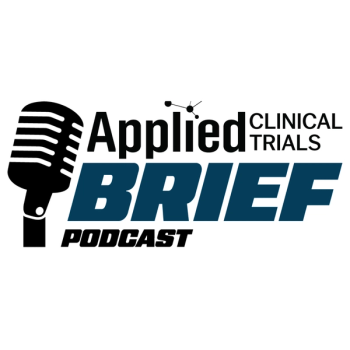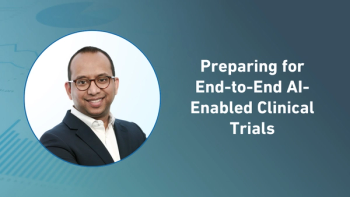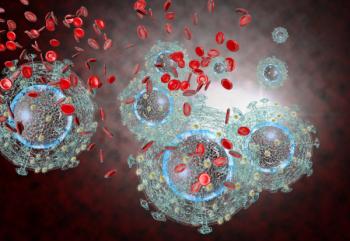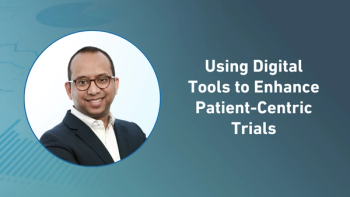
CRI Lifetree to Conduct First-of-Kind Study to Investigate Genetic and Behavioral Markers in Addiction to Prescribed Pain Medications
The extent to which genetics contribute to the development of addiction to opioid pain medication is the subject of a new investigation, funded by the National Institutes of Health (NIH).
The grant will enable researchers to conduct the first-ever, genome-wide association study of the characteristics of patients who develop addiction after being treated with opioids for chronic noncancerous pain. The project is expected to form the basis of follow-up studies with far-reaching impact on public health and clinical treatment decisions. In awarding the grant, the review committee noted the lack of similar studies in the field and lauded the potential for increasing important knowledge.
More than 100 million people in America live with chronic pain, according to the Institute of Medicine. Prescription opioids are increasingly used to treat chronic noncancerous pain but have been accompanied by a rising burden of opioid abuse and addiction. The dearth of studies means little information is available to reliably inform physicians as to which patients may develop problems. Estimates of drug abuse range from 3 to 40 percent of opioid-treated patients.
“The country has two serious problems — opioid addiction and chronic pain,” said
Charles O’Brien, MD, PhD, of the University of Pennsylvania, will head the research team, which also includes investigators from the University of Washington and encompasses expertise in addiction psychiatry, pain management and psychiatric genetics. The study is expected to follow 4,000 patients with chronic noncancerous pain, half of whom have been treated for opioid addiction and half of whom have been maintained on opioid therapy for greater than six months without demonstrating signs of addiction.
A particular focus of the genetic analysis will be the mu opioid receptor (MOR) gene (OPRM1), which prior research suggests is critical to the drugs’ rewarding properties. The investigative team will also compare differences among groups with varying psychiatric illnesses, drug-seeking behaviors, substance use and socioeconomic factors. It is hoped that if specific behavioral and genetic factors that predispose a person to addiction can be isolated, that knowledge can be used to test patients for vulnerability prior to beginning opioid therapy.
Newsletter
Stay current in clinical research with Applied Clinical Trials, providing expert insights, regulatory updates, and practical strategies for successful clinical trial design and execution.





.png)



.png)



.png)
.png)
